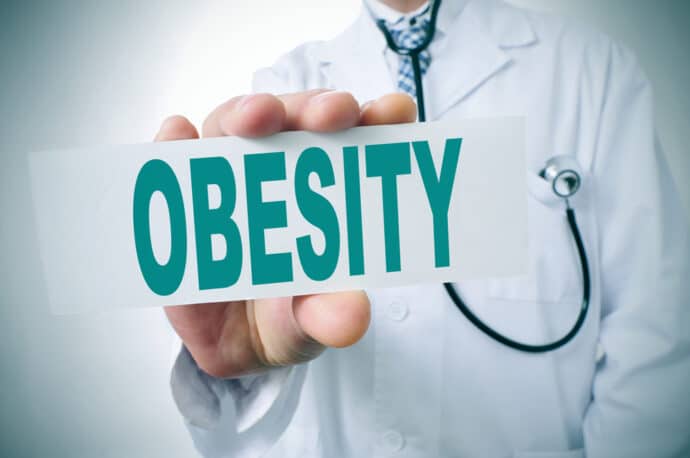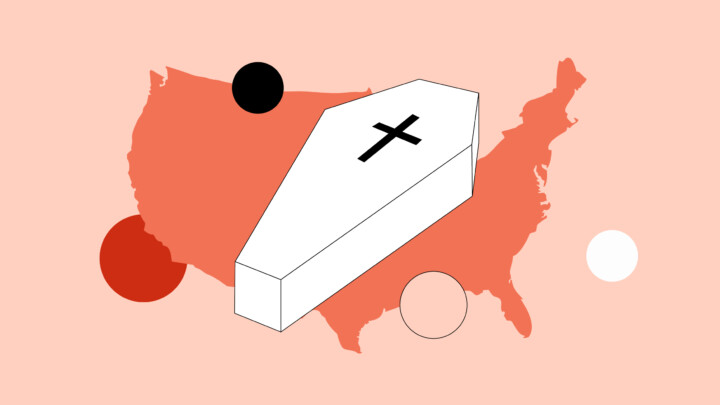
The first 2 posts in this 3 part series covering the history of obesity discussed global views of obesity from the Stone Age to 1910, a time in history when fatness or obesity was viewed as beautiful, healthy, and a sign of prosperity. This post discusses the 3rd era, the past 100 years. The 3rdera will be divided into two parts – USA and Global – as there are major differences in views in the US and other areas of the world.
Much of the material presented in this piece is “oral history.” While I am not 100, I have worked with many people, who lived during the early 1900s, have spoken of issues of obesity during other eras, and even “work requirements” to be of a certain size (large or thin) during different decades.
One hundred years ago, “Pleasingly Plump,” was the size that women of wealth aimed for. Physicians of the day published articles stating it was healthier for women to stay home doing “Fancy work, than to ride a bike or walk any distance.” One of my grandmothers was in her teens during this era, working hard to be appropriately plump, so as to find the best suitor. She often told me, that she achieved the plumpness at a time when cookbooks and articles suggested weight loss. This was quickly followed by the roaring 20s and the flappers. Many affluent women, such as my grandmother found themselves with extra pounds (of beauty) that they tried hard to shed for the thinner body image that became that of beauty and esteem during the 1920s.
Despite the leaner look of the flappers of the 1920s, the arts still looked towards roundness and full figures for beauty. “He watched the beautiful curving drop of her haunches. That fascinated him to-day. How it sloped with a rich down-slope to the heavy roundness of her buttocks!” from Lady Chatterley’s Lover. (1)
For men, excess weight continued to signify good health and wealth, with a few of the very affluent joining the women of the roaring 20s for a leaner look.
Concurrently, women and men of lesser wealth lived hand to mouth, and did not worry themselves with the beauty of the day, but ate as they could, adding weight as necessary for times of possible starvation.
The Great Depression loomed, and it was difficult for many to get sufficient food during the 1930s. I have talked to many many people who told me of going to bed hungry, or eating bread and sugar for food. Others had food, and again size was a sign of prosperity, status, and success. I have worked with patients who hoarded extra food during the depression era, just in case there was none the next day or week.
The depression ended as WW-II began. Those in the US conserved for the troops abroad, but there was ample if not varied food for those in the US. The starvation days of the depression were over.
As the war ended, the troops came home, and a new era of the “Baby Boomer” generation and their parents (children of the depression and young adults during WW-II) evolved. This time period of the late 1940s to early 1960s was marked by large families, and a new approach to weight.
I have talked to so many baby boomers who were children of depression era parents. Almost universally, I have heard that they were encouraged and at times required to “finish all of your food, hungry or not.” And “We are so proud of you, little one; you belong to the clean plate club.” Parents of Baby Boomers were essentially encouraging their children to over eat, to eat until their “tummies were ready to burst.” I have heard these same comments from so many adults of that generation, that I assume these phrases like, “clean plate club,” were published somewhere, though I do not have the source.
Women of the 1950s were not dieting, but were cooking for families. Men of any status were expected to have a few extra pounds. The banker, attorney, and account were all portly if they were any good, was the thought. Raymond Burr who played Attorney, Perry Mason during this period was one prime time example of “appropriately stocky.” One of my male relatives was in his 30s during the 1950s. He told me that by the mid to late 1950s, he was told to gain weight. He was a tall and thin man who ate and ate and never gained weight. He was a tenured professor. He was told that students would not listen, learn, and believe his teachings if he did not gain weight (thinness was associated with the blue collar construction crew or farmer, not the white collar crowd). He finally tried harder to gain weight by adding 8 donuts a day to his diet. He reached the weight desired by the Dean, but said he did not feel comfortable. He finally cut out half of the donuts and returned to his original weight, and said that he just “stood his ground.”
By the later 1960s, there was again change for women with Twiggy (see photo). She was the first fashion model to be thin (and in her case, anorexic – a weight that had women pushing for thinness, and some developed eating disorders trying to emulate her figure. Karen Carpenter is a famous singer who died in 1983 from cardiac complications of long time anorexia (see photo).
The “Healthy weight” for adults was derived from the Metropolitan Life Insurance tables. They consistently lowered the weight for women from the 1940s to 1980s, but did not change the healthy weight for men. In 1983, Metropolitan Life raised weights for the first time. (2). More recently, the Metropolitan Life Scale of healthy weight has been changed to what we all know as BMI.
From the 1980s through the early 2000s, women were portrayed in magazines as attractive if they had a long tubular body – flat stomach, but no hips. The average model for 3 decades was 5’11” and 117 pounds. Our country had taken a swing in another direction, pushing weight loss to an extreme. Models I have had as patients often gave up, because they admitted they felt starved.
In heterogeneous and affluent societies like the U.S., there is a strong inverse correlation of social class and obesity. Money can buy healthier foods, fitness clubs, and other methods of losing weight. As we approach the current years, we see that those with lower income are either starving (from lack of food), or overweight (often the latter because of the inexpensive food choices).
We have seen an increase in obesity that continues to rise. The whys (food choices, use of cars, economics, fast food, sedentary work) are topics to be discussed in other posts.
If you’re a physician, please join us inside Sermo.
Bibliography
1: D. H. Lawrence, 1928. Lady Chatterley’s Lover
2. The Metropolitan Life – Weight Scales for men and women – revised annually, 1943 – 2000.
3: Goldblatt, Moore et al. 1965; Burnight and Marden 1967; Rolland-Cachera and Bellisle1986; Sobal 1991














